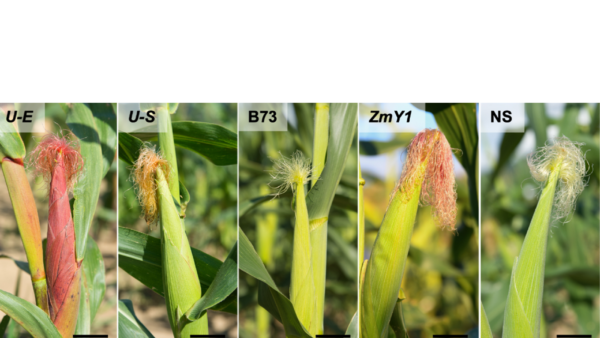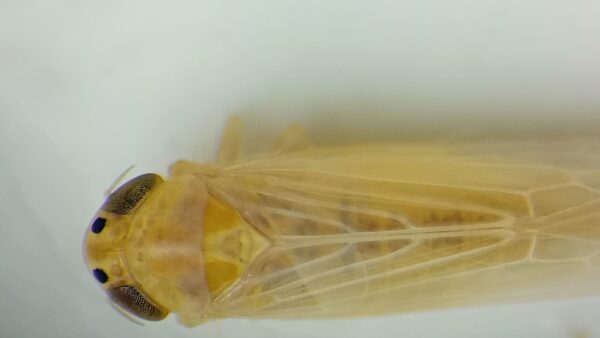In the cereal breeding industry, timelines are a major area of concern. The timeline that’s routinely used is eight to 10 years from when a breeder will make an initial cross, to a variety entering registration trials. That timeline can vary slightly, depending on the level of contra-season product advancement.
Once you factor in registration trials and the development of performance data, it’s about 15 years from when a cross is made to when a variety comes to market. That includes up to three years of seed production before farmers even have their first opportunity to buy a new variety.
In most other industries, that sort of timeline is unheard of. Taking well over a decade to create a new product would be a disaster for most other businesses, yet we have come to accept this in the world of cereal varieties.
This kind of timeline poses a number of challenges. One challenge is changes to grain classification. As we’ve been acquiring different seed varieties for our portfolio, we’ve been acquiring them based on a market class. From the time we acquire varieties until we’ve commercialized them, we’re trying to anticipate what the market demand is going to be. When a variety changes market classes, it can create a big challenge for us — there’s a lot of time, energy and money on the line.
Another huge challenge we face is communication between government, breeders, industry and end users. It’s very critical. Breeding programs and commercialization strategies for cereal products can’t change direction quickly. They’re big ships that take a long time to change course, and the entire value chain needs to appreciate that. Getting all sectors to work together to appreciate each other’s needs and wants is critical.
With a lot of work, and a bit of good fortune, we can begin to make the entire process better for everyone. I’d love to hear your thoughts — email me and let’s continue the conversation.













